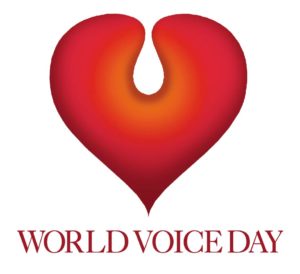 Our research group joined the World Voice Day this year by organizing a scientific outreach event for high school and university students on April 21st, 2017. Our aim was — just as that of the World Voice Day — to show the beauty, importance and the variegation of the voice.
Our research group joined the World Voice Day this year by organizing a scientific outreach event for high school and university students on April 21st, 2017. Our aim was — just as that of the World Voice Day — to show the beauty, importance and the variegation of the voice.
The event was opened by dr. habil. Gábor Bodnár, the head of the Department of Music of ELTE. The ELTE Pro Musica Choir conducted by Attila Besse also contributed in the opening to show the manifold beauty of voice.
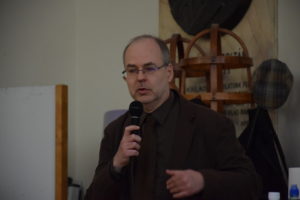
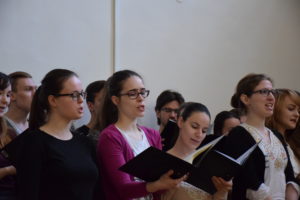
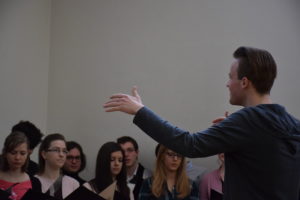
Prof. dr. Klára Vicsi DSc, habil. (Head of the Speech Acoustics Laboratory of Budapest University of
Technology and Economics Department of Telecommunications and Media Informatics, MTA Committee of Acoustic Complex /AKB/) talked about the process of hearing, about the risk factors of possible hearing damages, and the protection of hearing in her Hogyan működik az ép hallás, és hogyan óvhatjuk meg? (‘How does the healthy hearing process work, and how can we protect it?) titled presentation. She also introduced the Óvd a füled! (‘Protect Your Ears!’) Campaign.
Prof. dr. Hacki Tamás, habil. (Medical University of Regensburg, Semmelweis University, Eötvös Loránd University) gave a presentation entitled Az emberi hang mint kommunikatív, fizikai és fiziológiai jelenség (‘The human voice as communicative, physical and physiological phenomenon’). He introduced how vocalization evolved from the very beginnings through the various species, and how the human voice works. He also briefly introduced the physiology of voice production.
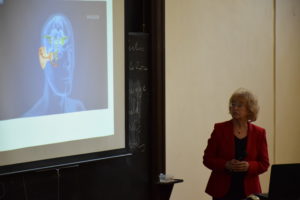
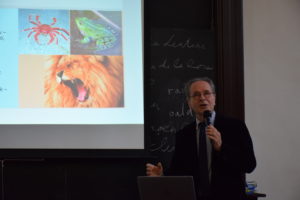
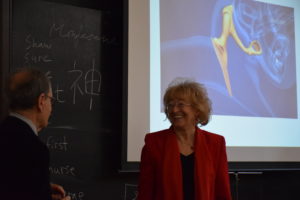
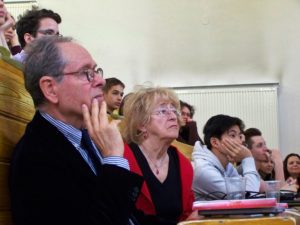
The talks were followed by two demo presentations.
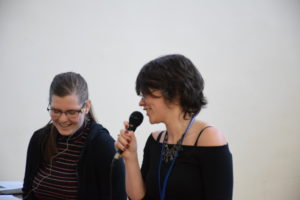
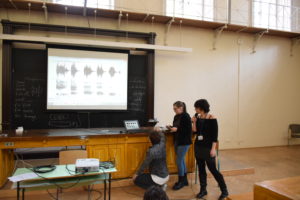 Andrea and Tekla asked a kind volunteer student to give her voice to an acoustic demonstration. We aimed at introducing the spectrogram, and to show the students what our speech looks like. The audience was asked to guess in what manners the articulation of the recorded speech sounds differed, and what differences they could find in the corresponding spectrograms.
Andrea and Tekla asked a kind volunteer student to give her voice to an acoustic demonstration. We aimed at introducing the spectrogram, and to show the students what our speech looks like. The audience was asked to guess in what manners the articulation of the recorded speech sounds differed, and what differences they could find in the corresponding spectrograms.
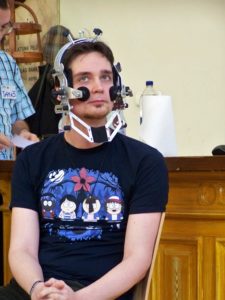
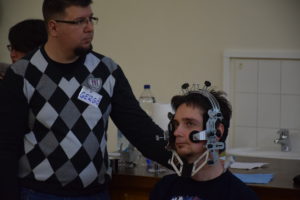 Tamás and Gergely showed the students an ultrasound “movie” of the tongue. One of the teachers in the audience volunteered to this demonstration. His tongue was shown online on a screen while he was carrying out various speech tasks.
Tamás and Gergely showed the students an ultrasound “movie” of the tongue. One of the teachers in the audience volunteered to this demonstration. His tongue was shown online on a screen while he was carrying out various speech tasks.
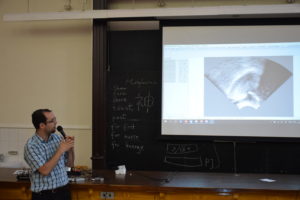 A quick game was also prepared for the audience: A “Totó” (13+1 question quiz with multiple choice design) was handed out at the very beginning of the event. The questions were in connection with the talks, the invited speakers and the research group. The most successful students were remunerated with some chocolate, issues of the Journal Élet és Tudomány (‘Life and Science’) and a DIY larynx.
A quick game was also prepared for the audience: A “Totó” (13+1 question quiz with multiple choice design) was handed out at the very beginning of the event. The questions were in connection with the talks, the invited speakers and the research group. The most successful students were remunerated with some chocolate, issues of the Journal Élet és Tudomány (‘Life and Science’) and a DIY larynx.
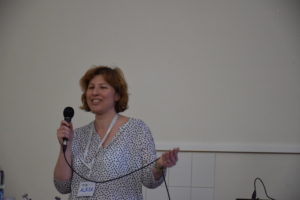

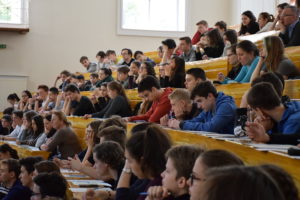
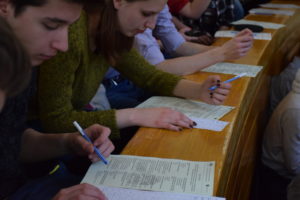

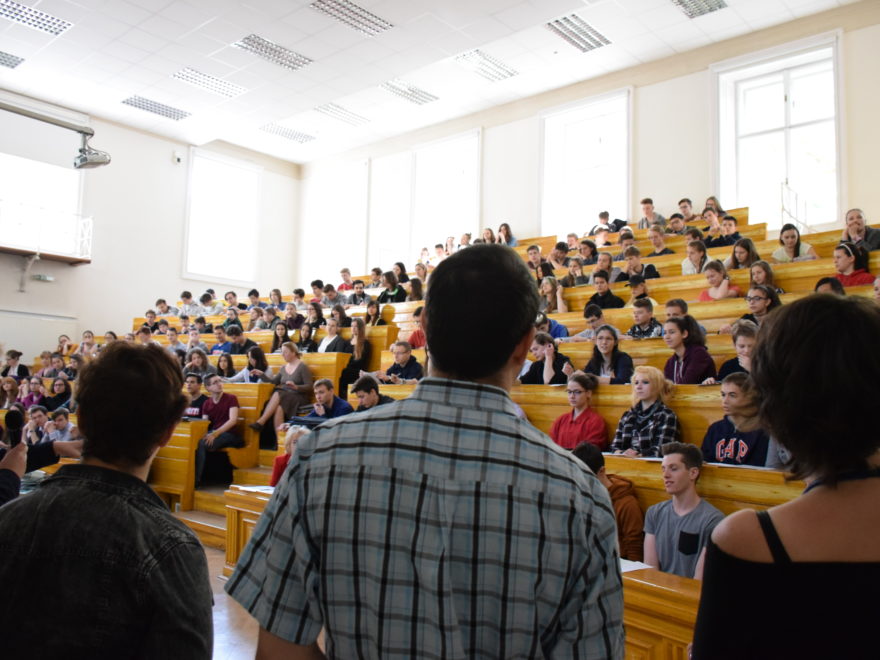
One comment
Comments are closed.